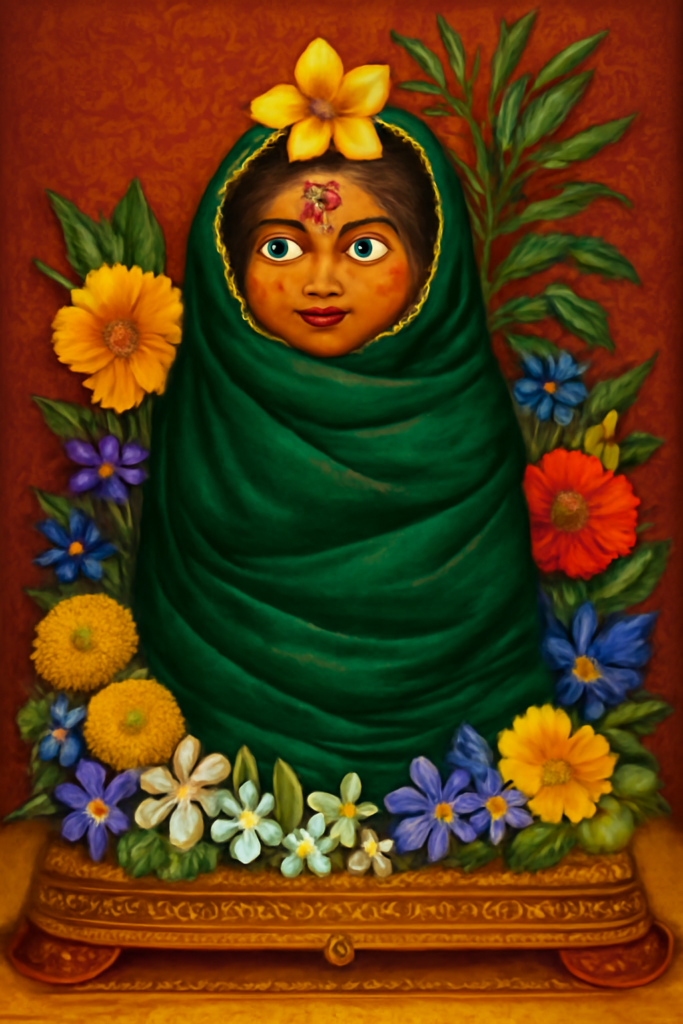The Sasthi OSHA
By Lokanath Mishra
Sasthi OSHA, is a deeply significant ritual in Odisha, celebrated on the sixth day of the Sukla Paksha in the month of Bhadrab. This sacred observance is dedicated to Goddess Sasthi, a revered folk deity who is widely believed to be the protector and benefactor of children. Worshipped as a goddess of fertility, vegetation, and reproduction, Sasthi is often envisioned as a nurturing mother, depicted riding a cat and cradling infants, embodying both maternal care and divine guardianship. The festival carries profound meaning for mothers, who observe the rituals with the hope of ensuring the well-being, longevity, and prosperity of their children.

The tradition is rooted in the cultural and spiritual fabric of Odisha, where the worship of Sasthi Mata is not confined to a single day but is performed on the sixth day of every lunar month, as well as on the sixth day after the birth of a child. However, the Sasthi OSHA of Bhadrab holds particular importance, drawing women together to honor the goddess with devotion and gratitude. Even in the revered Jagannath Temple of Puri, the idol of Sasthi Mata receives special worship within the Bhubaneswari Temple, highlighting the prominence of this folk deity in the state’s religious life.

The rituals associated with Sasthi OSHA are rich in symbolism and community participation. Mothers create small idols of the goddess along with representations of family members, crafted from clay or turmeric, grounding the divine in the earthly and domestic space. Offerings for the goddess are carefully prepared, adhering to the significance of the number six, which defines the observance. Six types of flowers, six varieties of tree branches, six fruits, and six leafy greens are gathered as part of the worship. The festive meal prepared for the day includes six varieties of fried delicacies and a special curry made with nine vegetables, signifying abundance and balance in life.

The ceremonial practices are both devotional and protective in nature. Women decorate the floor with alpana designs, sacred motifs drawn with rice paste, and seat their children upon them for the bandapana ritual. In this act, mothers symbolically transfer blessings and protection onto their children, reinforcing the bond between the divine, the mother, and the child. The ritual culminates in a unique act of dabbing the child’s head and back seven times with six types of tree branches, a symbolic gesture invoking divine strength and immunity against harm. Finally, a yellow thread is tied on the child’s wrist, serving as a sacred talisman of protection and longevity.

The Sasthi OSHA is more than a festival; it is an expression of the timeless faith that mothers place in the divine for the well-being of their children. Through its rituals, it reaffirms the role of Sasthi Mata as the eternal guardian of childhood and fertility, weaving together devotion, symbolism, and familial love into a ritual that has endured through generations in Odisha’s cultural heritage.
